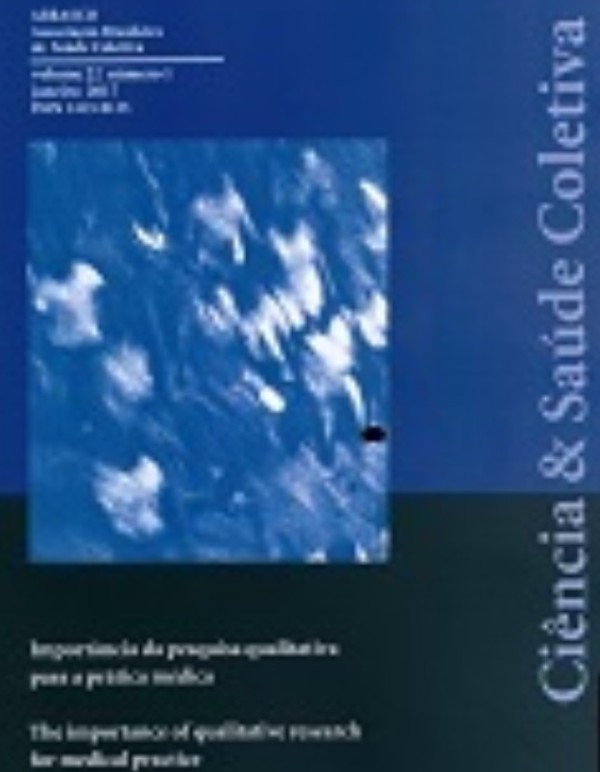0284/2017 - Analysis of individuals with leukemia: Limitations of the cancer surveillance system.
Análise de indivíduos com leucemia: Limitações do sistema de vigilância de câncer.
Author:
• Elisane Silveira Moraes - Moraes, ES - <elisane_sm@hotmail.com>Co-author(s):
• Márcia Sarpa de Campos Mello - Mello, MSC - <marciasarpa@gmail.com>• Fernanda de Albuquerque Melo - Melo, FA - <fernanda.nogueira@inca.gov.br>
• Ubirani Barros Otero - Otero, U.B. - <uotero@inca.gov.br, ubirani@yahoo.com.br>
ORCID: https://orcid.org/0000-0003-1464-2410
• Flávia Nascimento de Carvalho - Carvalho, FN - <fcarvalho@inca.gov.br>
Abstract:
Cancer is the second leading cause of death in the world with great impact on public health and leukemias are hematological cancers directly related to different exposures in the occupational environment. The objective of this study was to describe the occupational profile of individuals diagnosed with leukemia. This is a cross-sectional study of cases registered between 2007 and 2011 in the IntegratorRHC database. Individuals26 Brazilian states, aged 20 years or older, were included. Of the 7807 cases of leukemia, Minas Gerais recorded the highest occurrence (1351). In only 52% of cases there was information about the occupation.The occupations with the greatest number of cases of leukemias were: agricultural and forestry workers (12.22%); services, salesmen in stores and markets (12.71%); and industrial goods and services (10.86%). These occupations present exposure to substances considered by the literature as cancinogenic agents for humans. There was a high underreporting of occupational data (48.53%), compromising the quality of information and, therefore, the effectiveness of the health surveillance system in Brazil. The RHC also does not provide information about the agent used during the work day, the exposure time during the working life, as well as dataprevious occupations.











